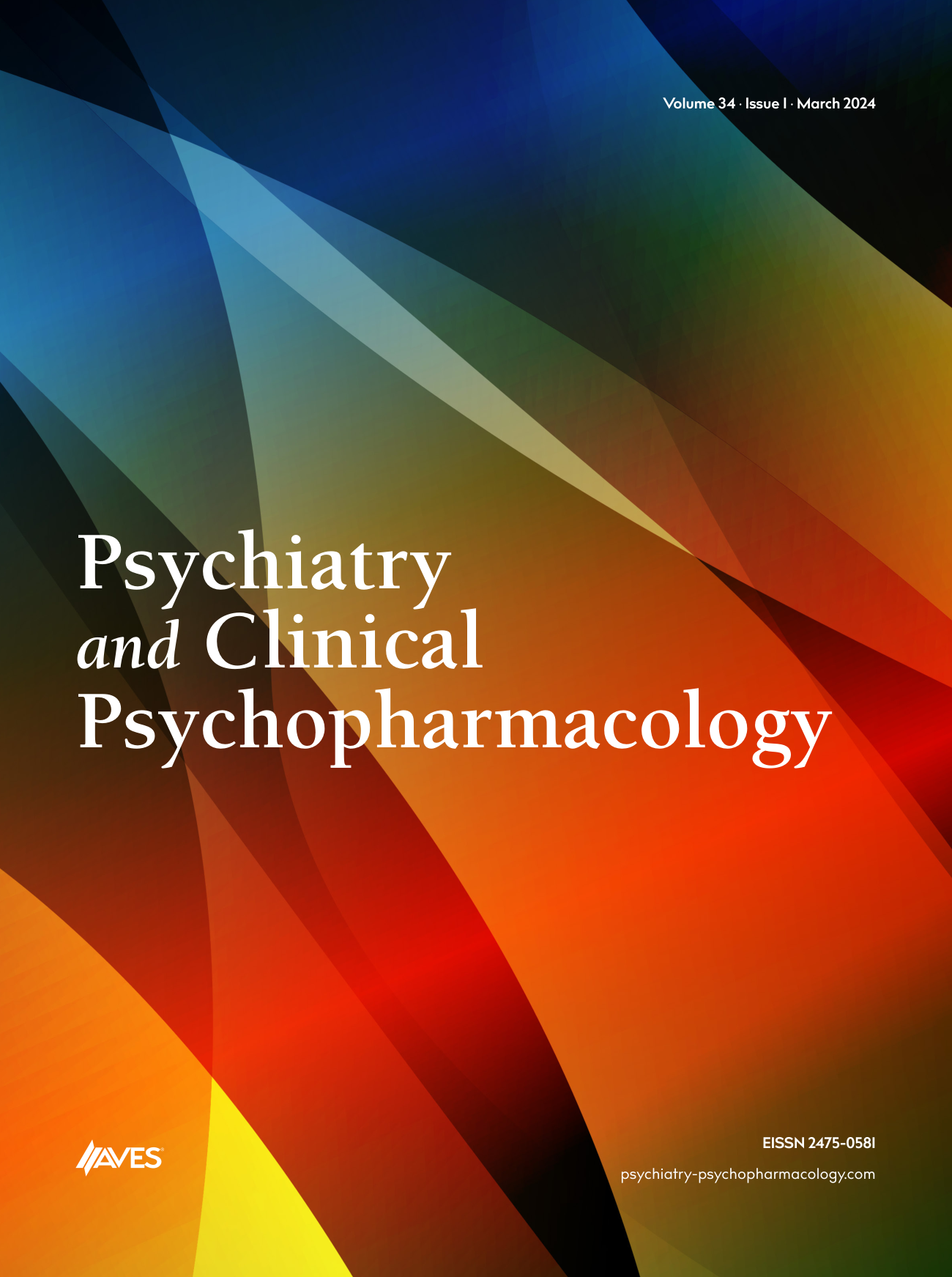INTRODUCTION: Stress experienced in the first year of life is an important risk factor for the emergence and continuation of psychiatric disorders. Psychological effects of adverse experiences in childhood continue for a long time. The frequency and severity of traumatic experiences increases the diversity and prevalence of the psychopathology. Especially major depression, posttraumatic stress disorder, attention-deficit /hyperactivity disorder, borderline and antisocial personality disorder, alcohol/substance abuse, panic disorder, generalized anxiety disorder, bipolar disorder and schizophrenia are also seen more frequently in patients with a history of childhood maltreatment. As well as in the formation of many psychiatric disorders, traumatic experiences in the first year of life, have an important role in the emergence of major depression. Sexual abuse in childhood and deprivation of parents’ attention are associated with adult depression. Early-life trauma has also been found to influence the clinical manifestations of depression. Lower improvement and recovery rates, longer periods of depression, more chronic course of illness, and earlier onset of depressive symptoms were also found in depressed patients with a history of childhood trauma. The relationship between deliberate self-harm and childhood maltreatment has also been demonstrated to be significant in many different studies. Deliberate self-harm was significantly greater in preschool children, adolescents, and adults who experienced traumas in early life than in the control group. Some studies which used severity and frequency assessment scales revealed a dose-response relationship between trauma and deliberate self-harm. The aim of our study is to evaluate childhood traumatic experiences which can be found in the etiology of major depression and the impact of these experiences on deliberate selfharm behavior and to develop different ideas for the treatment of the disease in the context of the literature on patients suffering from major depression.
METHODS: One hundred and six patients who presented with depressive symptoms to RTEU Training and Research Hospital psychiatry clinic between the dates of September 2012 and June 2013, aged between 18-60 years and with adequate education, diagnosed with major depression according to DSM-IV-TR diagnostic criteria, who had not received any psychiatric treatment for the last 6 months, were included into this study. Before starting the study, approval from Recep Tayyip Erdogan University School of Medicine Clinical Research Ethics Committee has been obtained. Illiterate patients or those younger than 18 years or older than 65, sufferers from significant diseases which are outside the scope of the study (cancer, diabetes, liver failure, renal failure, hypertension, endocrine disorders, etc.), persons with mental retardation, severe psychotic disorder and organic mental disorders, post-traumatic stress disorder, or a history of alcohol and drug addiction were excluded from the study. The sociodemografic and clinical data form, Hamilton Depression Scale (HAM-D), the short form of the Childhood Trauma Scale (CTQ-28), and deliberate self-harm inventory SCID-I were applied to the patients. All patients were given the required information and gave written consent.
RESULTS: Of the patients recruited into this study, 86 (81.1%) were female and 20 (18.9%) were male. The minimum age was 18, the maximum age 60. The average age of all patients was 33.37+11.1, while the average age of women was 32.19+11.00 and the average age of men 38.45+10.3. Regarding the educational status, the majority of the study group members were primary school graduates with 33%, followed by 22.6% and 21.7% of secondary and high school graduates. 65.1% of participants were married, while 21% were single. Regarding their working status, 42 (39.6%) of participants were housewives; followed by 20 (18.9%) and 18 (17%) being unemployed and self-employed or in dependent employment (civil servants, workers), respectively. Five participants were retired, while three participants were students. 55.7% of respondents had lived in the city.72 of participants had a prior history of psychiatric disorder. 68.9% of patients included in the study had traumatic experiences: 56.6% childhood emotional abuse, 37.7% childhood physical abuse, 34% childhood sexual abuse, 53.8% childhood emotional neglect and 44.3% childhood physical neglect were found. 49.1% of participants were observed to have used at least one deliberate self-harm behavior. Participants indicated that the preferred self-harm method they used was selfpoisoning by drugs (overdosing). The most common self-harm method in women was self-poisoning by drugs, followed by self-cutting.Men told that the most common self-harm method they used was hitting their head. When comparing deliberate self-harm and childhood maltreatment, 84.6% of the deliberate self-harm group reported childhood maltreatment, while 53.7% of the other group reported childhood maltreatment, and a statistically significant difference was found (p=0.001). 75 % of the deliberate self-harm group and 38.9% of the other group reported emotional abuse, and a statistically significant difference was found (p<0.001). 61.5% of the deliberate selfharm group and 14.8% of the other group reported physical abuse, and a statistically significant difference was obtained (p<0.001). When exploring under the angle of sexual abuse, 55.8% of the deliberate self-harm group and 13% of the other group reported sexual abuse, and a statistically significant difference was found (p<0.001). When assessing deliberate self-harm behavior and emotional neglect, 67.3% of the deliberate self-harm group and 40.7% of the other group reported emotional neglect, and the difference between these groups was statistically significant (p=0.011). While 57.7% of the deliberate self-harm group had suffered physical neglect, 31.5% of the other group had observed physical neglect, and a statistically significant difference was obtained (p=0.012).When evaluating deliberate selfharm behavior motivations, the desire to get rid of sadness and depression ranks first with 71.1%, followed by the wish to die with 69.2% and request to stop the feeling of helplessness with 65.4%, respectively. The least reported deliberate self-harm motivations were to scare others, with 3.8%, and to draw others’ attention, with 7.8%, respectively. While at least 1 and at most 16 motivations were reported, the average number of motivations was 6.96 and the median score was 6.
CONCLUSION: High levels of childhood trauma in patients with major depression were identified in this study. In addition, deliberate self-harm behavior was seen to be significantly more common in the presence of childhood maltreatment with all of the subscales in patients with major depression. The presence of CTE (childhood traumatic experiences) in patients with major depression is important for the clinical course, management and treatment of the disorder. Therefore it is important emphasizing preventive mental health services; training the community and primary caregiver who is responsible for maintaining the child; creating better parent-child relationships; ensuring the protection of the child before exposure to trauma; making a detailed follow-up and evaluation of the child if he or she was exposed to trauma; continuing the follow-up both during childhood and adulthood in terms of mental health; evaluating the CTE groups as a separate group and to establish supportive interviews and new therapeutic approaches for these groups;



